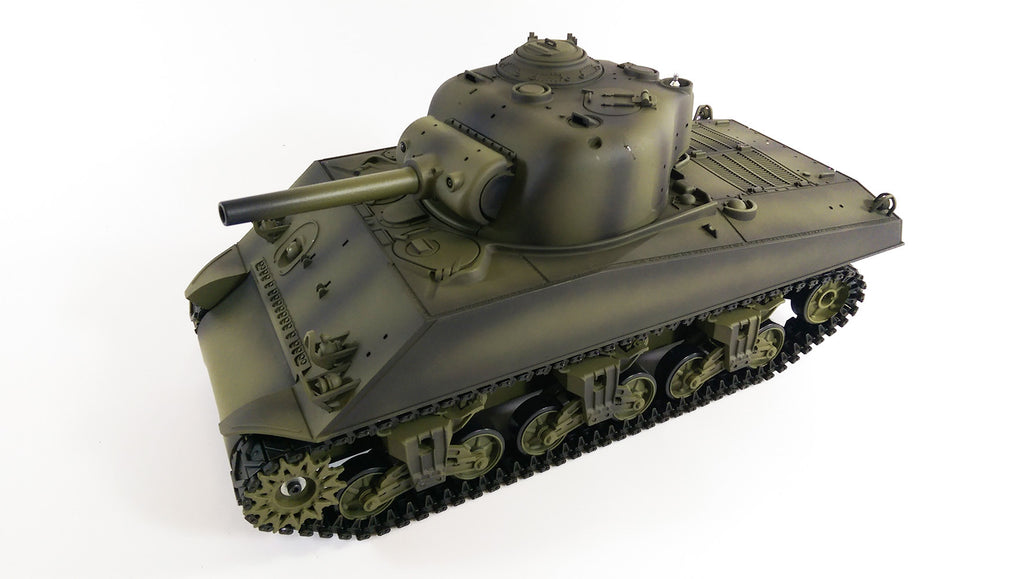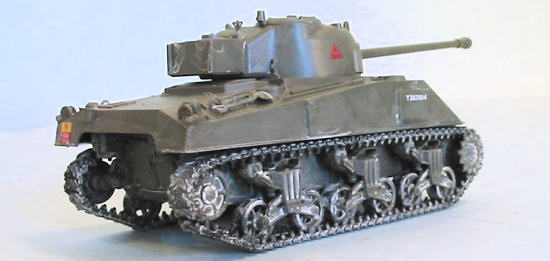
The M4 is adept at almost any role, providing you know what you're doing.These factors combined to give the Allies numerical superiority in most battles, and many infantry divisions were provided with M4s and tank destroyers.Īfter World War II, the Sherman, particularly the many improved and upgraded versions, continued to see combat service in many conflicts around the world, including the UN forces in the Korean War, with Israel in the Arab–Israeli wars, briefly with South Vietnam in the Vietnam War, and on both sides of the Indo-Pakistani War of 1965.Ĭrew: 5 (commander, gunner, loader, driver, assistant driver/bow gunner)Īrmor: 12.7 mm (0.5 in) minimum Up to a maximum of 177.8 mm (7.0 in) depending upon variant The relative ease of production allowed large numbers of the M4 to be manufactured, and significant investment in tank recovery and repair units allowed disabled vehicles to be repaired and returned to service quickly.

Some Shermans were produced with a more capable gun, the 76 mm gun M1, or refitted with a 76.2mm calibre Ordnance QF 17-pounder gun by the British (the Sherman Firefly). By then, the M4 was inferior in firepower and armor to increasing numbers of German heavy tanks, but was able to fight on with the help of considerable numerical superiority, greater mechanical reliability, better logistical support, and support from growing numbers of fighter-bombers and artillery pieces. Even by 1944, most M4 Shermans kept their dual-purpose 75 mm gun. Tank destroyer battalions using vehicles built on the M4 hull and chassis, but with open-topped turrets and more potent high-velocity guns, also entered widespread use in the Allied armies.

Logistical and transport restrictions, such as limitations imposed by roads, ports, and bridges, also complicated the introduction of a more capable but heavier tank. For this reason, the US Army believed that the M4 would be adequate to win the war, and relatively little pressure was initially exerted for further tank development. When the M4 tank went into combat in North Africa with the British Army at the Second Battle of El Alamein in late 1942, it increased the advantage of Allied armor over Axis armor and was superior to the lighter German and Italian tank designs. The Sherman spearheaded many offensives by the Western Allies after 1942. The M4 went on to be produced in large numbers, being the most produced tank in American history: The Soviets' T-34 medium tank (total of some 64,549 wartime-produced examples, split roughly 55%-45% between 76 mm and 85 mm gunned examples) was the only tank design produced in larger numbers during World War II. These factors, combined with the Sherman's then-superior armor and armament, outclassed German light and medium tanks fielded in 1939–42. The designers stressed mechanical reliability, ease of production and maintenance, durability, standardization of parts and ammunition in a limited number of variants, and moderate size and weight (its width and weight were designed to conform with the War Department restrictions at the time that aimed to ease shipping problems and ensure armored vehicles would be compatible with existing bridging equipment.). One feature, a one-axis gyrostabilizer, was not precise enough to allow firing when moving but did help keep the reticle on target, so that when the tank did stop to fire, the gun would be aimed in roughly the right direction. The M4 retained much of the previous mechanical design, but moved the main 75 mm gun into a fully traversing central turret. The M4 Sherman evolved from the M3 Medium Tank, which – for speed of development – had its main armament in a side sponson mount. The tank was named by the British for the American Civil War general William Tecumseh Sherman. Tens of thousands were distributed through the Lend-Lease program to the British Commonwealth and Soviet Union. It was also the basis of several successful tank destroyers, such as the M10, 17pdr SP Achilles and M36. The M4 Sherman proved to be reliable, relatively cheap to produce, and available in great numbers. The M4 Sherman, officially Medium Tank, M4, was the most widely used medium tank by the United States and Western Allies in World War II.


 0 kommentar(er)
0 kommentar(er)
